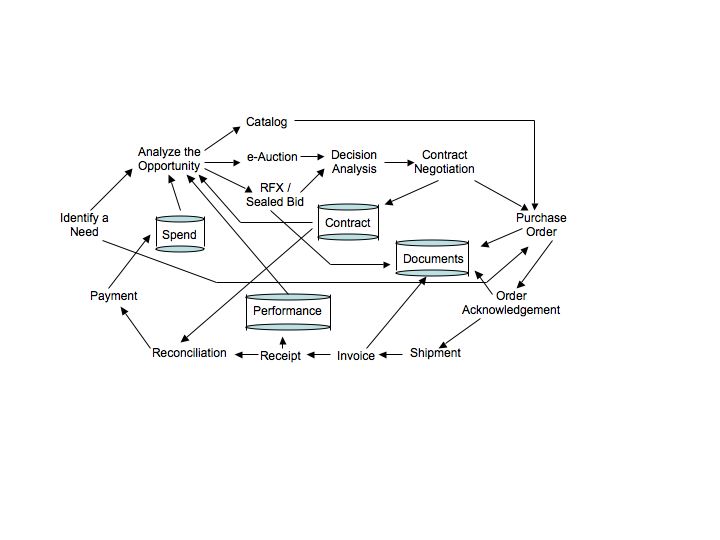Originally posted on on the e-Sourcing Forum [WayBackMachine] on January 29th, 2008
Purchasing B2B had a good article over the summer called “Suppliers Like You Because? Discovering All Your Leverage Points” by Terence Lillew that had a list of nine discussion points that should be considered in the development of a cost management strategy for a category.
1. Dollar Volume
Dollar volume is generally the primary leverage point. When a regular order over a period of time is locked in, suppliers can budget resources, plan appropriately and rein in their costs. Thus, you can insist that some of that savings is passed on to you.
2. Size
After dollar volume comes organization size. The larger the organization, and the greater the potential for future business, the greater the discount structure that the supplier can offer.
3. Leadership
The organization’s leader sets the tone for business value. If the leader is respected, and has demonstrated long-term effectiveness, the company can leverage itself into a better position.
4. Business Philosophy
A fair and ethical business philosophy that looks for solutions instead of attaching blame and that continually improves and a philosophy that supports creativity will give the organization a competitive edge in all negotiations.
5. Policies and Process
The company’s purchasing department must be responsible for the policies and processes if they are to leverage their position, and they must be sure to make sure the policies and processes are fair and up-to-date.
6. Early Influencer
A company known as an innovator gains a certain amount of prestige that can be leveraged to improve their position in a negotiation because they will be seen as a company you want to do business with.
7. Benchmarking
A leading organization constantly benchmarks its performance against peers and competitors. Suppliers know that a benchmarking company is often a successful company and may be more inclined to do business with such a company.
8. Buy Locally
Organization’s that buy locally have a natural advantage over those that don’t. A supplier wants to service a local buyer.
9. Payment Cycles
In an industry where most buyers are trying to extend payment cycles, any buyer that can reduce payment cycles is in a strong position to negotiate for additional discounts.
These are all great points. Be sure to think each and every one through before finalizing your negotiation strategy and starting an e-RFX or an e-Auction.

